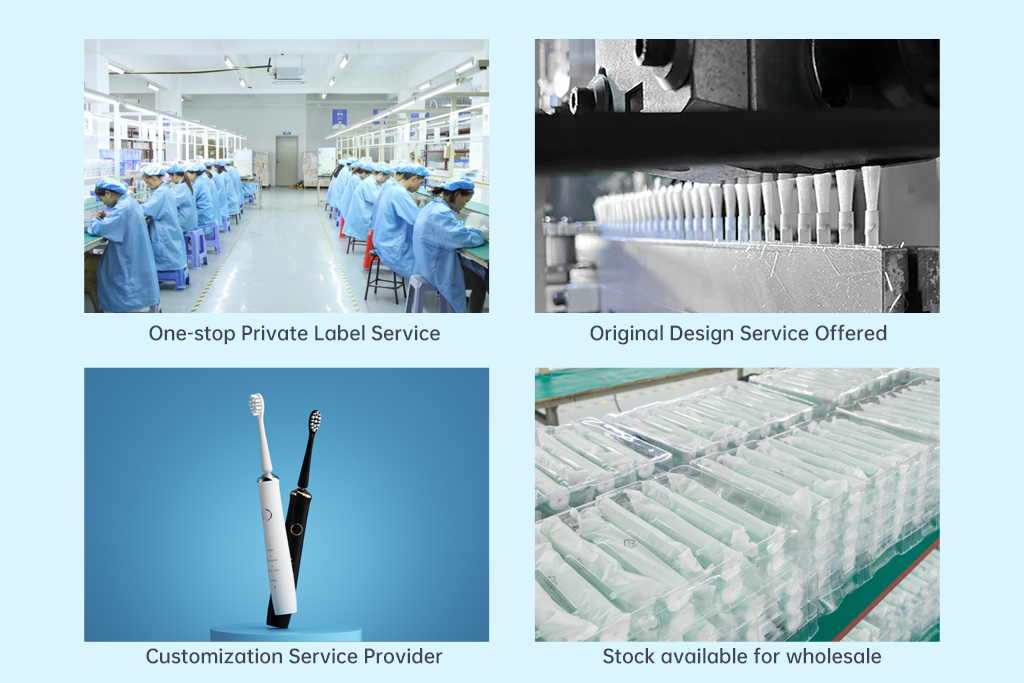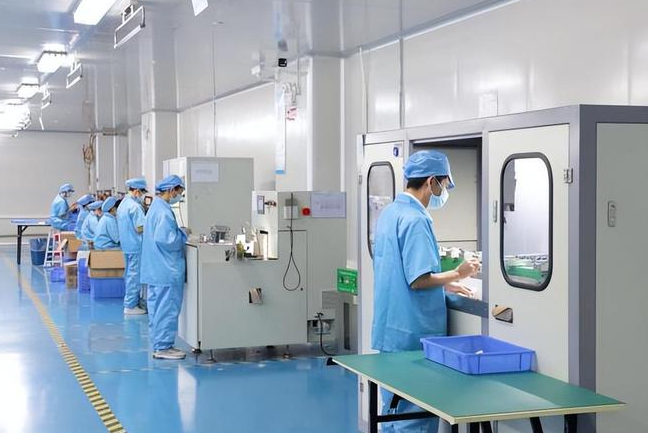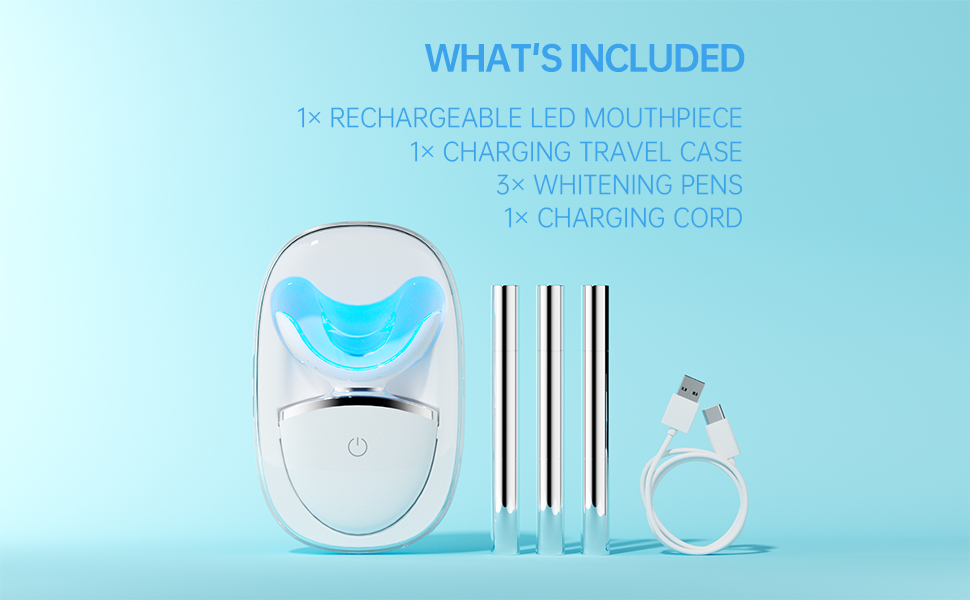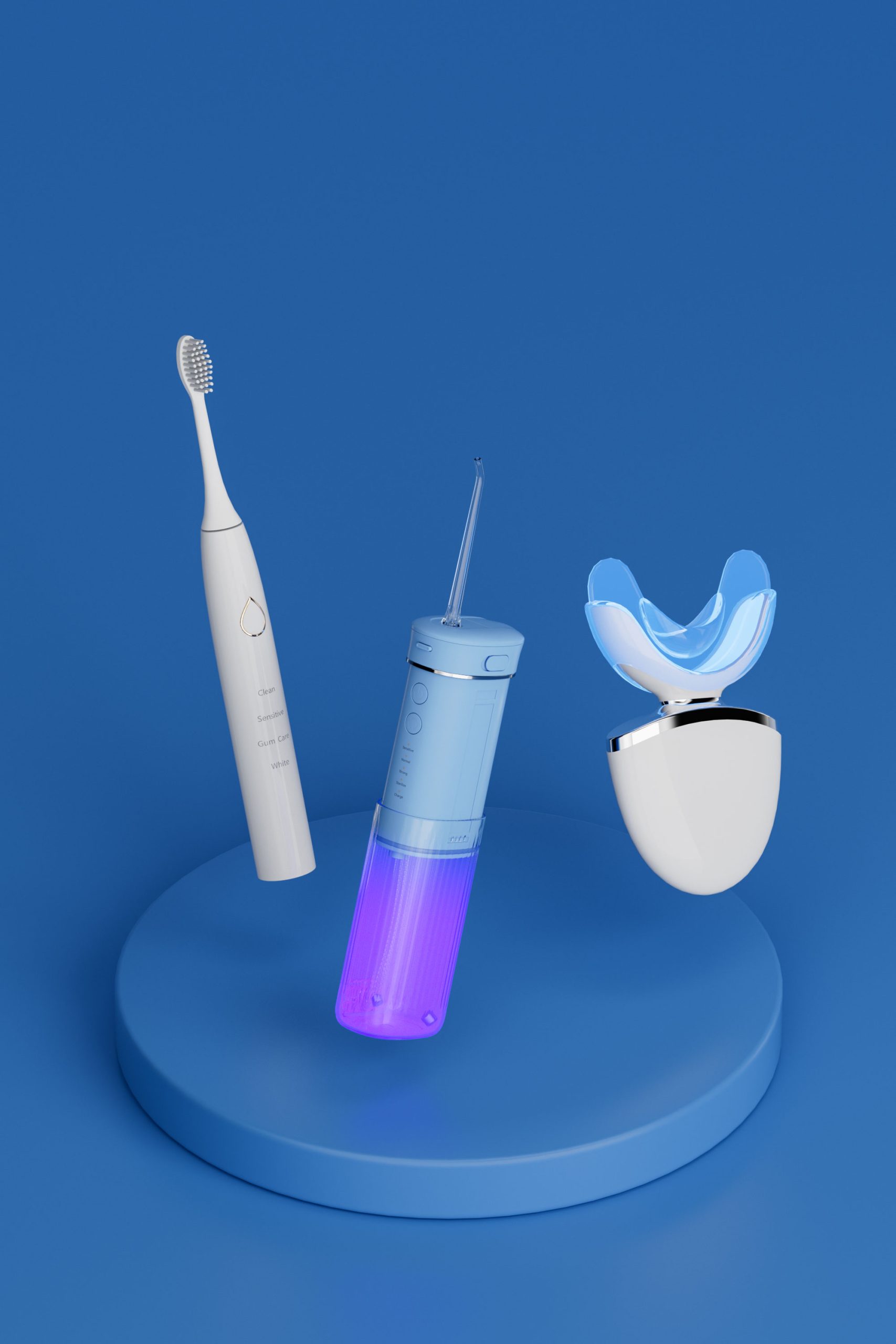In high-performance oral care devices, smooth operation and reliable performance are non-negotiable. Yet pulse lag and incomplete flushing remain two of the most frustrating issues for end users and B2B clients alike. When these problems occur together, they not only damage the user experience but also raise concerns about hygiene, device longevity, and brand reputation. This article explores why pulse lag and incomplete flushing often appear in tandem, the underlying causes, and actionable solutions to prevent these failures.
Pulse lag describes a noticeable delay between activating the device and the start of the water jet. While minor delays can be tolerable, excessive lag creates confusion and frustration. Typical causes of pulse lag include:
Especially in professional or clinical contexts, any lag in response time undermines user confidence.
Incomplete flushing occurs when residual fluid remains in the reservoir, hoses, or nozzle after a cleaning cycle. Over time, stagnant liquid can:
Even if the device appears functional, unflushed residue increases maintenance costs and hygiene risks. Company web:https://www.powsmart.com/product/electric-toothbrush/
At first glance, pulse lag and incomplete flushing may seem unrelated. In reality, they often share root causes:
When both issues occur together, they multiply user frustration and reduce device trustworthiness.
Devices with combined pulse lag and incomplete flushing problems are frequently returned or replaced under warranty. End users often perceive them as:
In regulated markets, these issues can lead to non-compliance with hygiene standards and damage a manufacturer’s reputation.
.jpg)
.jpg)
Mitigating both issues requires addressing hardware and software factors:
By investing in these measures, manufacturers can significantly reduce combined complaints.
When pulse lag and incomplete flushing are persistent across production batches, it may be time for a design overhaul. Comprehensive re-engineering can include:
Proactive redesign can turn frustration into loyalty by showing commitment to long-term reliability.
Pulse lag and incomplete flushing are more than minor annoyances—they are red flags that your device needs immediate optimization. For B2B buyers and professional users, addressing these issues is essential to maintain confidence, compliance, and customer satisfaction. By combining mechanical improvements with intelligent software controls, manufacturers can eliminate frustration and strengthen market position.

Maximizing Profit Margins: How to Position Water Flossers as Premium Products
Charger Mismatch Causing Battery Incompatibility?
.jpg)
Why Choose a Water Flosser for Sensitive Gums as a Core Gentle Oral Care Product?

Herbal toothbrush India or Natural bristle toothbrush — which is safer for electric brush programs?
.jpg)
How Can Water Flosser Manufacturing Process Create a Truly Eco-Friendly Oral Product?
Sonic Toothbrush Export from China | OEM/ODM Professional Supplier
.jpg)
Sourcing Sonic Toothbrush B2B for Your Role as a Hotel Amenity Supplier?
LED Flickering Plus Adapter Fires—A Hidden Safety Hazard?
Gum Bleaching from Pulpitis Risk – Whitening Gone Wrong?
Head Detachment with Tank Cracks—Replace All?

Key Selling Points That Make Water Flossers Stand Out

Innovating a Whitening Gel Formula for Your Cosmetic Product Development

Why a Hindi brushing guide is essential for your First-time user guide
Tooth Chipping Alongside Root Darkening – Irreversible?

Key Advantages of Professional-Grade Home Teeth Whitening Devices
electric toothbrush with AI sensor supplier

electric toothbrush heads Ultra Soft

electric toothbrush heads Charcoal Infuse-Round

electric toothbrush heads Regular Clean

Customization Teeth Whitening Gel

Electric toothbrush heads Charcoal Infused-Diamond

Private Label Whitening Gel

electric toothbrush heads Deep Clean
.jpg)
Florida Electric Toothbrush – Powsmart PTR-C8
whstapp
whstapp
National Toll-Free Service Hotline
+86 755 86238638